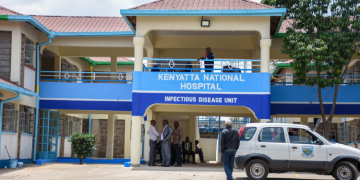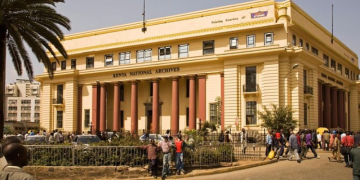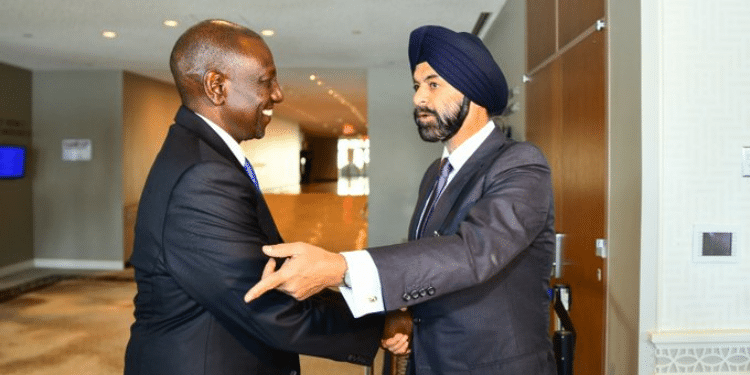The World Bank has asked Kenya to rethink its Universal Healthcare (UHC) financing strategy, recommending a reconsideration of the mandatory contributions to the Social Health Insurance Fund (SHIF) for specific workers.
The recommendation is part of the Bank’s latest Public Finance Review Report (PFRR) released on Tuesday, May 27, which comes amid broader concerns about the sustainability of Kenya’s UHC financing model.
According to the World Bank, Kenya’s predominantly informal economy makes it difficult to rely on contributory financing mechanisms such as SHIF.
The fund is expected to collect only Ksh67 billion per year, significantly below the Ksh157 billion required to fully finance the UHC agenda.
Govt should remove SHIF contributions for low-wage formal workers
This gap, the report warns, could undermine service delivery unless the government takes corrective fiscal action.
The Bank recommends the exemption of low-wage formal workers from SHIF contributions.
“Consider removing SHIF contributions for low-wage formal workers. This potential reform could encourage formalization and reduce labor market distortions, as well as cover SHIF services for poor and informal workers and low-wage formal workers, funding the gap through the budget,” the report states.
Also Read: CEOs Offered Chance to Hire 45,000 Youths Under World Bank Funding
Beyond financing, the World Bank also flagged serious weaknesses in Kenya’s health system that could frustrate the rollout of SHIF.
These include critical staffing shortages, inadequate supplies of medicine and equipment, and gaps in service delivery in underserved regions and among vulnerable populations.
The report recommends that the government strengthen coordination between the national and county governments, grant greater autonomy to public hospitals, and prioritize pooled procurement of medical supplies through the Kenya Medical Supplies Agency (KEMSA).
It also urges the rationalization of the SHIF benefit package to reflect realistic funding levels and improve efficiency.
Further, the Bank emphasized the need to fully fund the Primary Health Care Fund (PHCF) and the Emergency, Chronic and Critical Illness Fund (ECCIF), especially in light of a rapid donor transition that has left some programs exposed.
It called for continued government support for United States-backed initiatives and the immunization program supported by Gavi, the Vaccine Alliance.
The health sector recommendations were published alongside a new economic assessment that paints a challenging picture of Kenya’s macroeconomic environment.
The Bank highlighted that investment in sectors like health and education remains a long-term priority.
It stressed that inclusive growth—supported by smart fiscal policy—can help reduce unemployment and improve wage outcomes, particularly for Kenya’s large youth population.
World Bank downgrades Kenya’s 2025 growth forecast
The World Bank has downgraded Kenya’s 2025 growth forecast from 5.0% to 4.5%, attributed to a combination of high debt levels, elevated interest rates, reduced access to external financing, and declining private sector credit.
Kenya’s public debt currently stands at 65.5% of GDP, placing the country at high risk of debt distress.
Interest payments alone consume nearly a third of the nation’s tax revenues, limiting fiscal space for development spending and social protection.
The country has increasingly relied on domestic borrowing due to limited access to foreign credit markets. However, this strategy has led to a crowding out of private sector credit, with lending growth turning negative by the end of 2024.
The report notes that private sector credit growth stood at -1.4% in December 2024, compared to 13.9% a year earlier.
This decline has particularly affected manufacturing, finance, and mining, with many businesses facing high borrowing costs and reduced investment. Non-performing loans have also risen, especially among small and mid-sized lenders, further weakening financial sector resilience.
Despite a stable exchange rate, declining inflation, and strong remittance inflows, overall economic activity remains subdued. Kenya’s economy grew by 4.7% in 2024, down from 5.7% the previous year.
Also Read: Mbadi Holds Talks with World Bank and IMF as Ruto Flies to China
The slowdown was partly caused by mid-year political unrest linked to tax protests, reduced public development spending, and heightened policy uncertainty.
Looking ahead, the World Bank projects that Kenya’s economy will recover modestly to around 5.0% growth in 2026 and 2027, provided key risks such as weather shocks, fiscal pressures, and global economic conditions are managed.
The current account deficit narrowed to 3.1% of GDP in the 12 months to February 2025, supported by improved agricultural exports, strong remittances, and reduced imports. However, services exports—particularly tourism—remain below pre-pandemic levels.
Recommendations
To stabilize the economy and create room for inclusive development, the World Bank is urging Kenya to undertake targeted tax reforms, particularly in consumption taxes, and eliminate exemptions that benefit narrow interest groups.
It also recommends more efficient public spending, faster verification and payment of government arrears, and improved governance of fiscal programs.
The report further highlights the potential of expanded social protection programs to reduce poverty. It notes that Kenya’s fiscal system currently reduces inequality but does not do enough to offset poverty. Increased coverage and higher value cash transfers could significantly improve outcomes for the poor.
At the same time, reforms in value-added tax (VAT), when paired with targeted support programs, could expand fiscal space and make tax policy more equitable.
Follow our WhatsApp Channel and X Account for real-time news updates.



















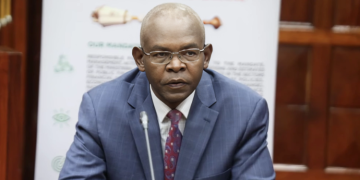

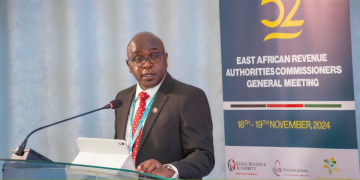
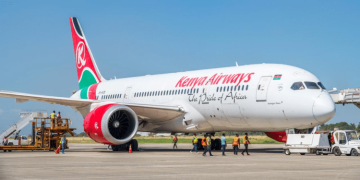
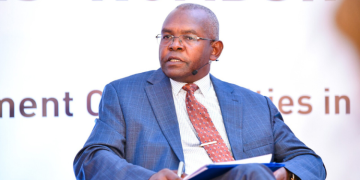


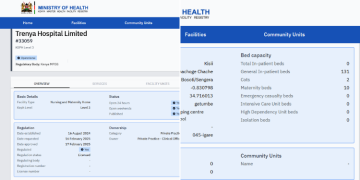




![Understanding Endometriosis: Expert Breaks Down Causes, Symptoms And Treatment [Video] Dr. Joseph Njagi, A Renowned Endometriosis Specialist A Surgeon, Says That Period Pain Among Girls And Women Should Not Be Ignored As A Normal Thing, As It May Signal A Symptom Of Endometriosis]( https://thekenyatimescdn-ese7d3e7ghdnbfa9.z01.azurefd.net/prodimages/uploads/2025/08/Dr-Joe-Njagi-together-with-his-team-of-Doctors-in-a-theatre-room-360x180.png)
